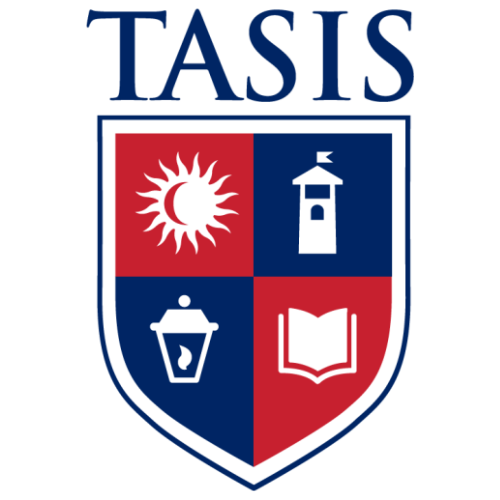by Mary Adams, AWC The Hague
Mary is proud to serve as the Education Team’s liaison to the FAWCO Human Rights team. As Founder and Director of the Sustainable Rescue Foundation, she is committed to helping organizations disrupt the human trafficking exploitation model by integrating existing business best practices, digital technology, academic concepts and legislation to facilitate collaborative work environments. This month, as the world turns its attention to the Global 16 Days Campaign against Gender-Based Violence (GBV), Mary provides an insight on the role of GBV in victim vulnerability.
Human trafficking is the selling of human beings as commodities to exploit them for profit or personal benefit. It involves recruitment, transportation and harboring or receiving of persons through force, coercion or deception. Human trafficking is now the third largest crime industry in the world, behind drugs and arms trafficking. Unfortunately, 70% of human trafficking victims are women and girls.
Gender-based violence (GBV) is an umbrella term for any harmful act that is perpetrated against a person against a person’s will and that is based on socially ascribed (gender) differences between females and males.1 GBV occurs in situations of inequity and emergency, is rooted in power imbalances and disproportionately impacts girls and women. The resulting violence is reproduced through a gender-based division of roles and reinforced by the persistence of stereotypes rooted in many social norms.2
 Many of the factors that make women vulnerable to GBV, such as gender discrimination, poverty, natural disasters, conflict, poor education and health infrastructures, are similar to the root causes of human trafficking and serve as a push factor.3 That means that GBV is both an important driver of human trafficking and a tool to manipulate and control women, children and even men into both sex work and forced labor across all forms of trafficking. Exploitation includes sexual exploitation/abuse and forced prostitution, domestic violence, forced/early marriage, labor trafficking and organ trafficking.
Many of the factors that make women vulnerable to GBV, such as gender discrimination, poverty, natural disasters, conflict, poor education and health infrastructures, are similar to the root causes of human trafficking and serve as a push factor.3 That means that GBV is both an important driver of human trafficking and a tool to manipulate and control women, children and even men into both sex work and forced labor across all forms of trafficking. Exploitation includes sexual exploitation/abuse and forced prostitution, domestic violence, forced/early marriage, labor trafficking and organ trafficking.
The work of Winrock International in developing programs that address both GBV and human trafficking has demonstrated that female access to information, livelihood tools, life skills training and mentoring, coupled with sensitization and policy change, can empower women to make changes in their lives and rebuild their identities. This recovery path simultaneously promotes community understanding and protection of survivors and those at risk.4
Globally, we have made progress in addressing GBV. We are better at defining and understanding it. We are better at collecting data and evidence to identify and support effective interventions. Despite these gains, gender-based violence remains a challenge and catalyst for human trafficking. Are you ready to push for change? Then take action during the 16 Days of Activism against Gender-Based Violence.
Check out the Global 16 Days Campaign, a strategy for individuals and groups around the world to call for the elimination of all forms of gender-based violence against women. Here are other ways to get involved:
● Join FORUMCIV for a week of discussions and advocacy (November 22–26). Check out their web page for informative podcasts, online courses, methodological materials and seminars
● Turn 16 into 365: Become a member of the Generation Equality Forum’s Action Coalition against GBV #GenerationEquality #ActforEqual
● Find additional human rights resources on FAWCO’s website
● Eleven books to create awareness to eliminate violence against women
● Five human trafficking books everyone should read
______________________________________________________________________
1 UNICEF, UNFPA, UNDP, UN Women."Gender Equality, UN Coherence and You". Cited in the UN Gender Equality Glossary
2 https://unipd-centrodirittiumani.it/en/attivita/On-womens-rights-between-violence-and-exploitation/1266
3 Winrock International, Addressing Inter-linkages between Gender-Based Violence and Trafficking in Persons to Prevent Reinforcement of Inequalities 2012
4 https://winrock.org/wp-content/uploads/2016/03/Addressing-inter-linkages.pdf


